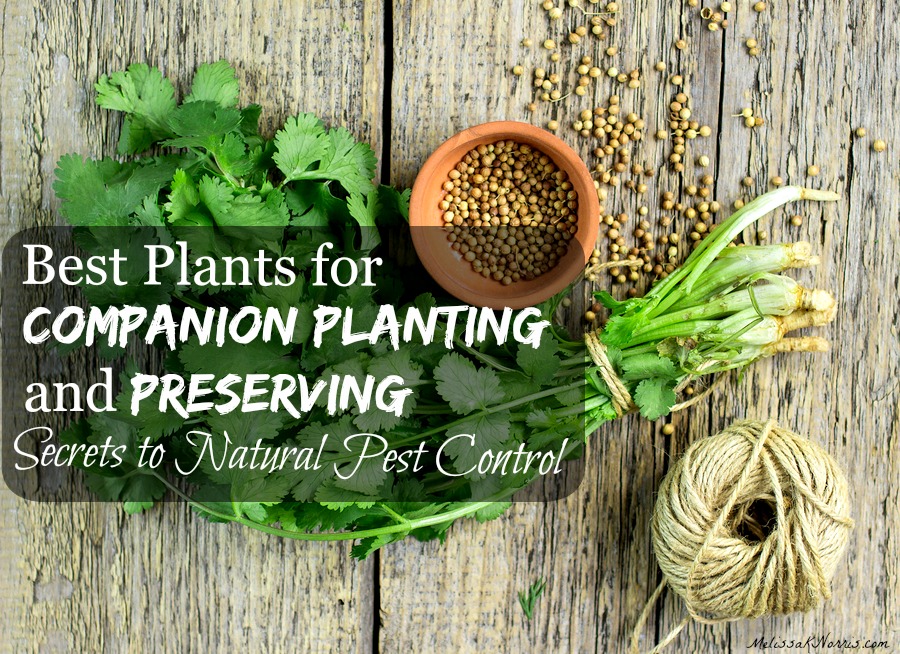While there’s nothing like picking your own groceries from the backyard, the only currency being your work, seed, soil, and water, there’s nothing quite like staring at jars of home canned goodies, dehydrated foods, and even bags of frozen pesto or berries for later jam and jelly making.

All of that begins right now, or depending upon your growing season, with in the next month or so. This may be my favorite time of year. I think I say that about each season as it comes though.
Most of us are pretty familiar with planting a basic vegetable garden for preserving or putting up food. In episode #83 How Much to Plant for a Years Worth of Food we discuss the best vegetables and how much to put in if you’re going pioneer style and want to try and grow as much as your own food for a year. Click Here for our FREE Chart-How Much to Plant for a Year’s Worth of Food
Listen to this post (just push play below) and all our episodes of the
Pioneering Today Podcast while you’re on the go, scrubbing the house, cooking up dinner (can I get an invite?), or mucking out stalls! I post new episodes Friday mornings. You can subscribe via RSS and receive every episode for free.![]()
Or subscribe via Itunes
I get asked a lot about growing your own food without pesticides and chemicals. I can’t stand the thought of spraying chemicals to kill things onto the food I’m going to be eating or feeding my family.
Today we’re going to dive into companion planting and the best plants to put in to double as companions as well as your preserving. Because this homesteader expects her plants to work just as hard as she does and performing two functions at once is pretty awesome.
Companion planting is simply knowing which plants help others and planting them nearby to be good friends to one another.
3 Best Herbs for Companion Planting and Preserving
- Cilantro. Cilantro is part of the core of any good salsa. It’s also quite fabulous diced up and tossed into rice with a squeeze of lime juice and garlic. Plus, cilantro seed is also coriander, which means the greens go into our salsas and then you can harvest some of the seeds for your spice cabinet.
Cilantro as a companion plant is pretty awesome too. Cilantro produces pretty little white flowers when it begins to go to seed.
These white flowers attract parasitic wasps. Before you go all crazy on me, not those kind of wasps, the ones that sting and are just plain mean little buggers. Parasitic wasps won’t sting you and they help control aphids, white flies, ants, leaf miners, as well as the eggs of worms and moths that plague home garden crops. You can read more here at Gardening Know How
Best part, cilantro will reseed itself and come back the next year as one of your first spring herbs. You can keep resowing it for all summer eating and harvest. - Dill. Dill is the star of almost every pickle, at least at our house. It goes into our pickled asparagus, pickled garlic, pickled cucumbers, lemon dill sauce for salads and meats, and both the seeds and the leaves dry wonderfully for year round use.
Dill as a companion plant is another star. Dill attracts honey bees (aka good pollinator and our little honey bees need all the help we can give them), it improves the health of the Brassica family and is thought to help repel cabbage moths.
One note of caution, dill and carrots will cross pollinate, so don’t plant dill near your carrots. When its young, dill helps the growth of tomatoes, but once the dill is mature, it stunts tomato growth. - Basil. Basil is one of my most favorite herbs simply due to it’s amazing taste and smell. It pairs beautifully with tomatoes, in sauces, and especially in our year round favorite pesto! Here’s how to make a Basil Lambsquarter Pesto I freeze mine in a single layer inside a gallon freezer bag and break off chunks as needed to add to sauces or soups. You can dry basil, but it looses a lot of its flavor quickly, so I prefer to can it into sauces, soups, or freeze it.
Basil as a companion plant works well when planted near tomatoes. Basil is thought to help repel flies and mosquitoes, so consider planting it near your patio or barbecue area as well.
Resources for Companion Planting and Natural Pest Control
Carrots Love Tomatoes: Secrets of Companion Planting for Successful Gardening This book is a classic when it comes to teaching you the ins and outs of companion planting for natural gardening success!



